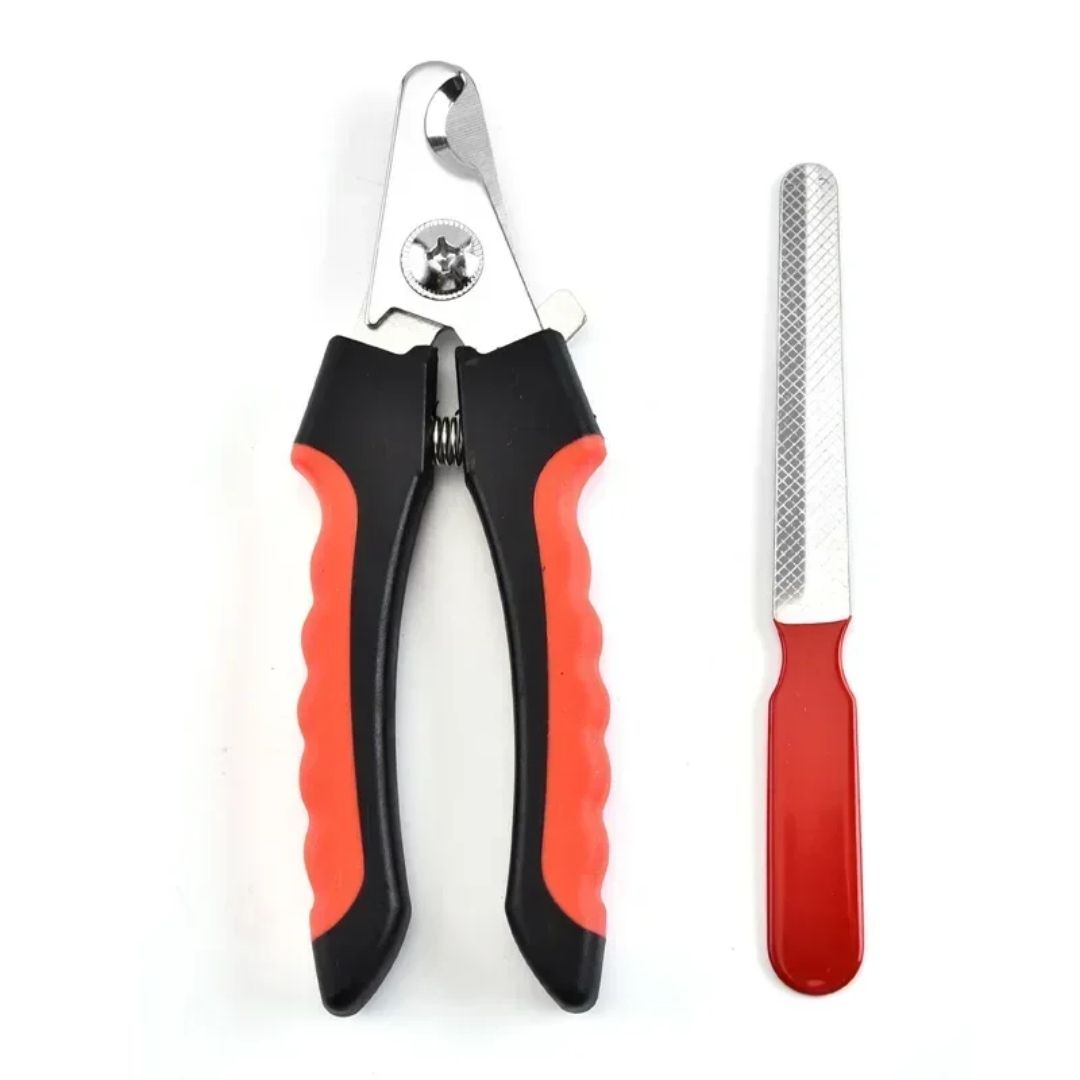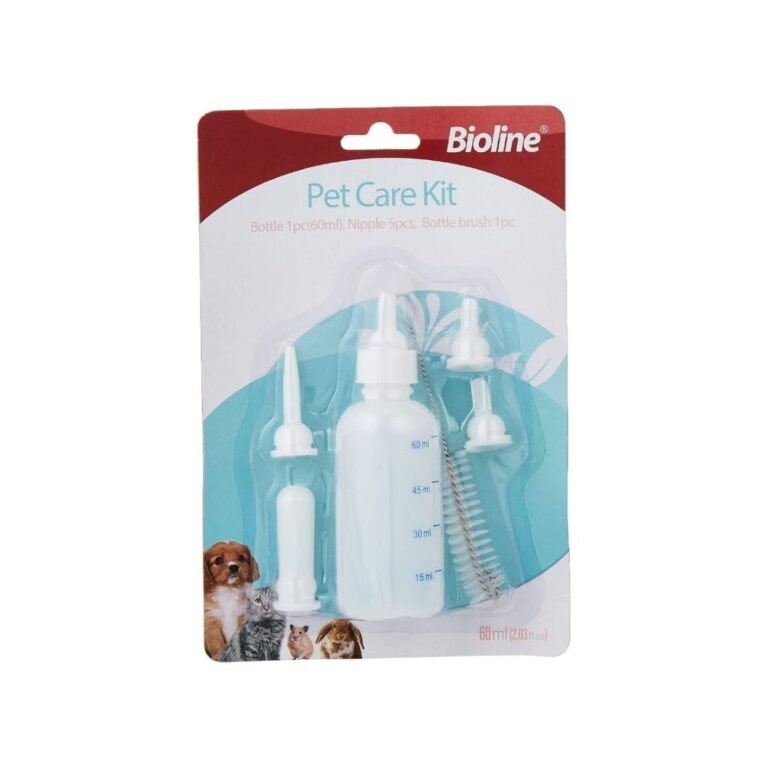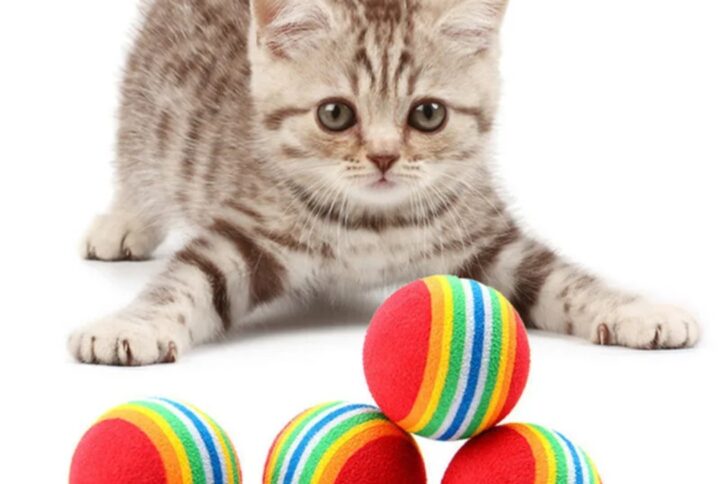Nail Cutter for Cat
Package Included:
- 1 x Pet Nail Clipper
- 1 x Pet Nail File
A cat nail cutter prevents overgrown claws, protects furniture, reduces injury risk, and maintains hygiene by trimming nails safely and effectively.
-
Inside Dhaka 70 tk, Outside Dhaka 150 tk
-
3 - 5 Days. Our Return & Refund Policy
Nail cutters for cats are grooming tools specifically designed to trim a cat’s claws safely. They come in various styles, such as scissor-type, guillotine-type, and plier-type, each catering to different preferences and the size of the cat’s claws.
The blades are typically made of stainless steel for sharpness and durability, while the handles are often plastic with a non-slip coating for a secure grip.
Benefits of Using a Nail Cutter for Cats
- Prevents Overgrowth: Regular trimming prevents claws from becoming too long, which can lead to ingrown nails or interfere with a cat’s walking and comfort.
- Protects Furniture: Keeps furniture, curtains, and other household items safe from scratches and damage.
- Reduces Injury Risk: Trimming the sharp tips of claws can reduce the risk of injury to owners, other pets, and cats.
- Improves Hygiene: Shorter nails are less likely to harbor dirt and debris, contributing to better overall hygiene for the cat.
When to Use a Nail Cutter
- Routine Maintenance: It’s recommended to trim a cat’s nails every 1-2 weeks, but the frequency can vary depending on the cat’s activity level and whether they are indoor or outdoor pets.
- Visible Claw Length: When the claws extend over the pads or curve sharply, it’s time for a trim.
- Before Playtime: It’s a good idea to keep your cat’s nails trimmed to prevent accidental scratches during play.
How to Use a Nail Cutter
- Prepare Your Cat: Ensure your cat is calm and relaxed, perhaps after a meal or play session.
- Choose the Right Tool: Select a nail cutter that is comfortable to hold and the right size for your cat’s nails.
- Hold the Paw: Press the cat’s paw to extend the claws.
- Identify the Quick: Look for the pinkish area within the nail that contains blood vessels and nerves, and avoid cutting into it.
- Trim the Tips: Cut only the white part of the claw, avoiding the quick, to prevent pain or bleeding.
- Reward Your Cat: After trimming, give your cat a treat or affection to create a positive association with the experience.
Safety Tips
- Use Sharp Blades: Dull blades can split the nail and cause discomfort.
- Avoid the Quick: Cutting into the quick is painful and can lead to bleeding. Have a styptic powder on hand in case of accidents.
- Go Slow: Take your time and trim one nail at a time to reduce stress for both you and your cat.
- Seek Professional Help: Consult a professional groomer or veterinarian if you’re uncomfortable trimming your cat’s nails.
Regular nail trimming is essential to cat care, as it helps maintain your pet’s health and prevent damage to your home. With the right tools and techniques, it can be a stress-free experience for you and your cat.









